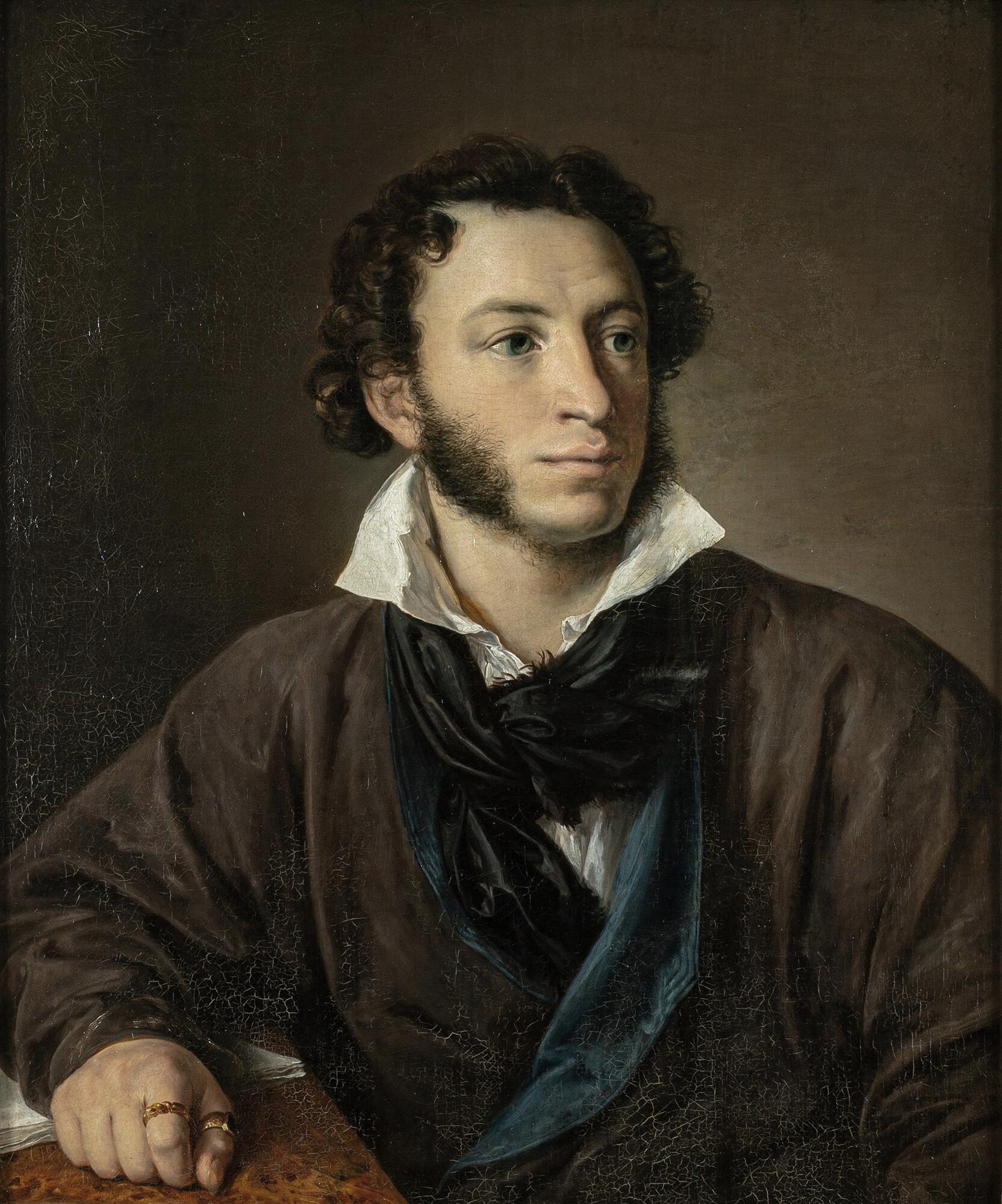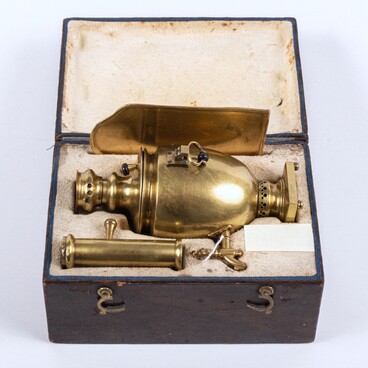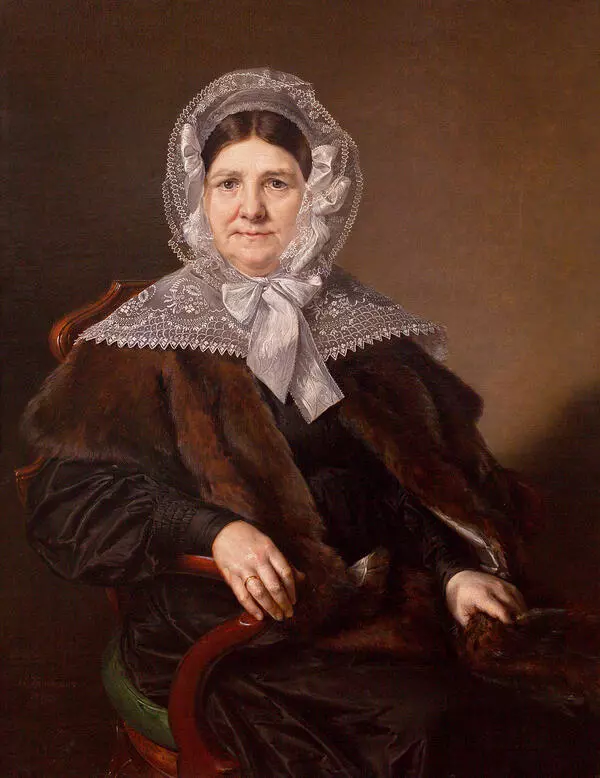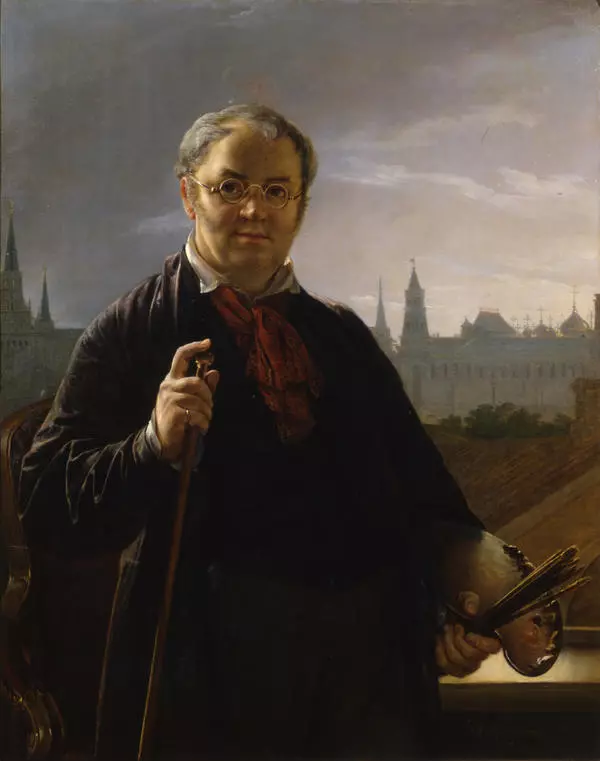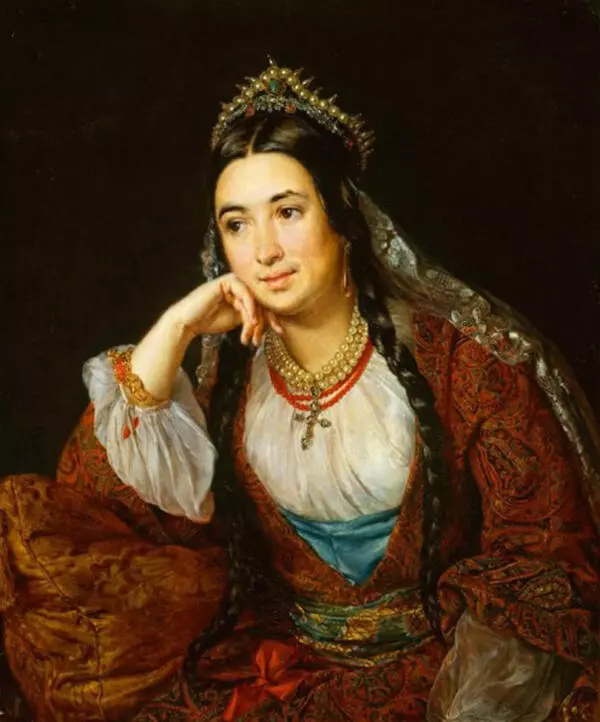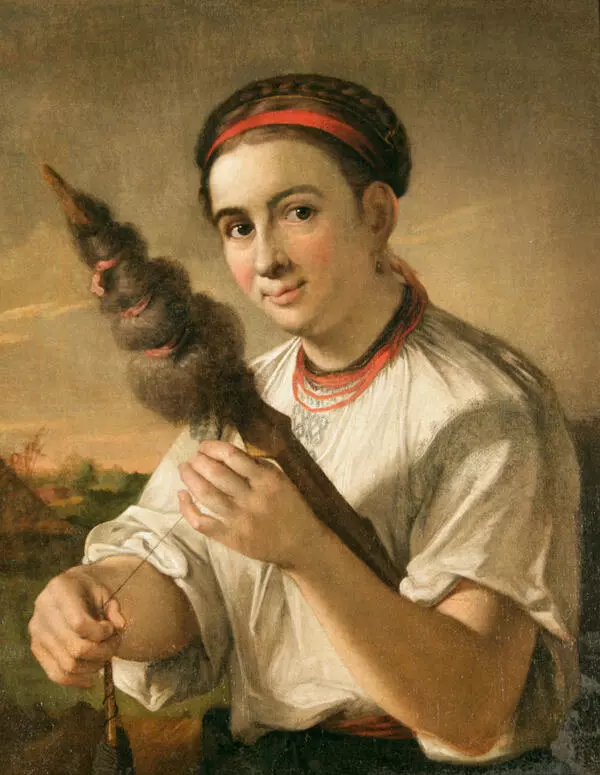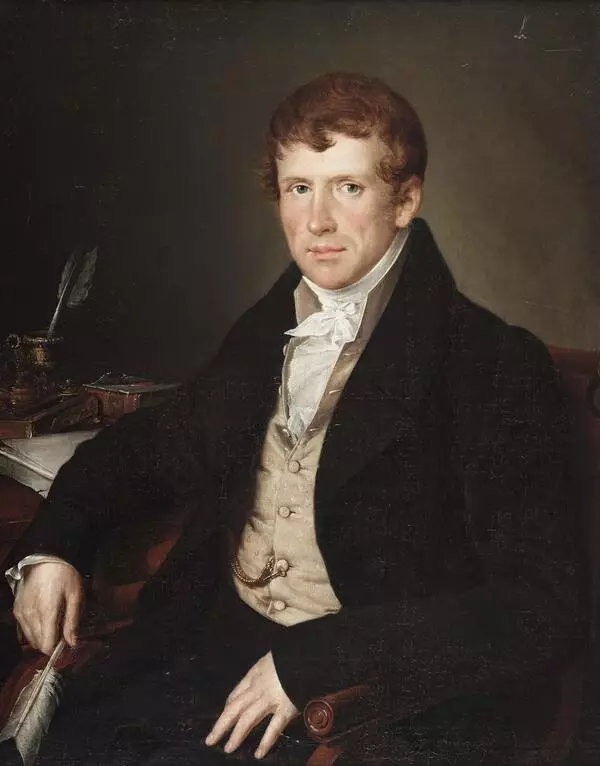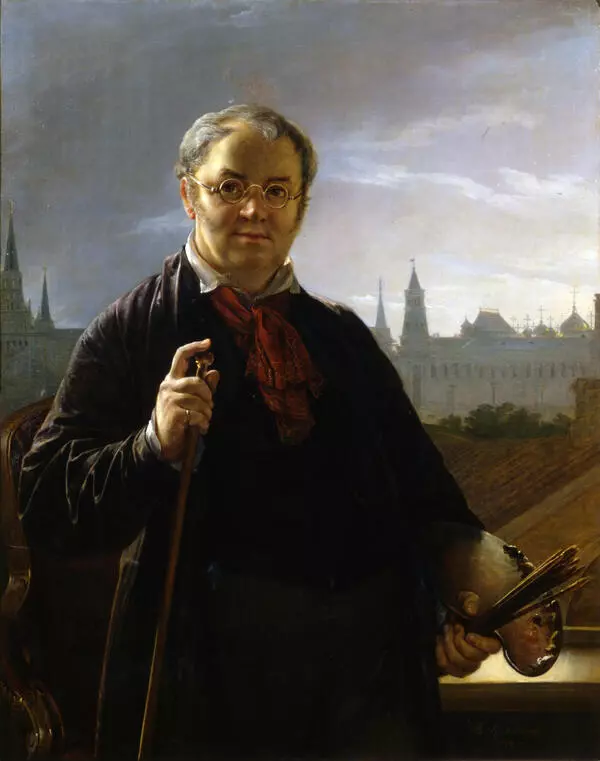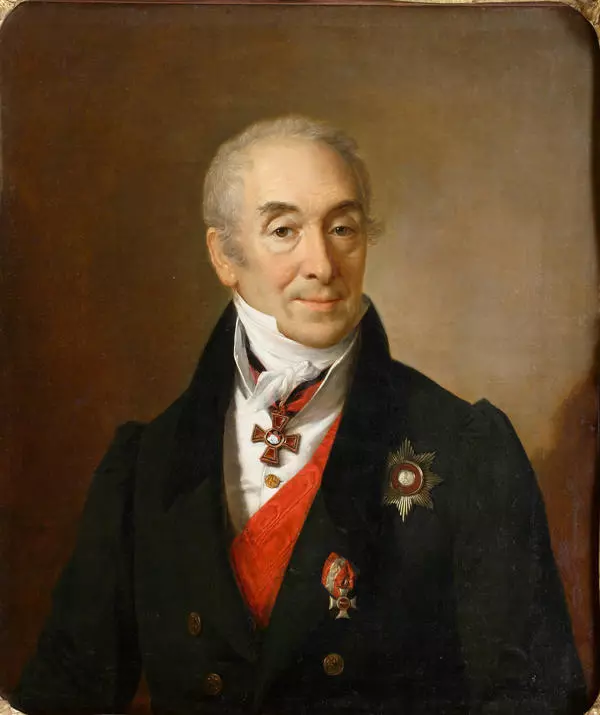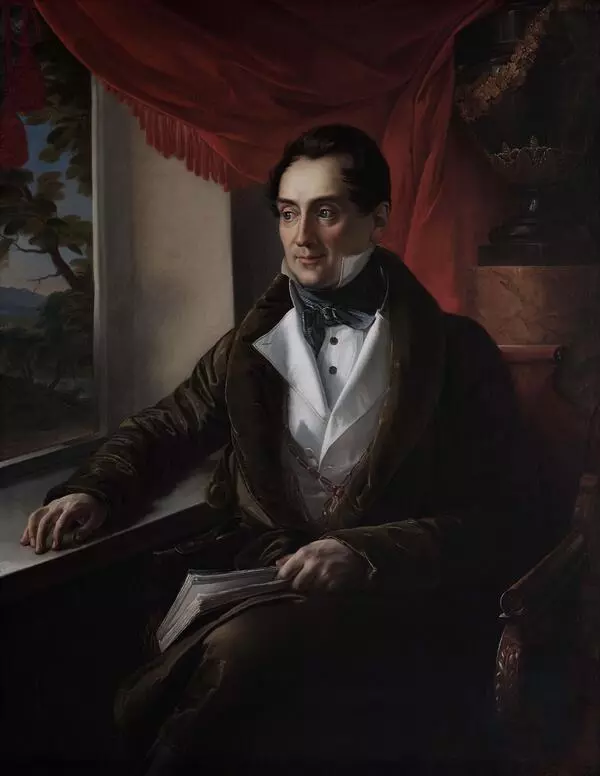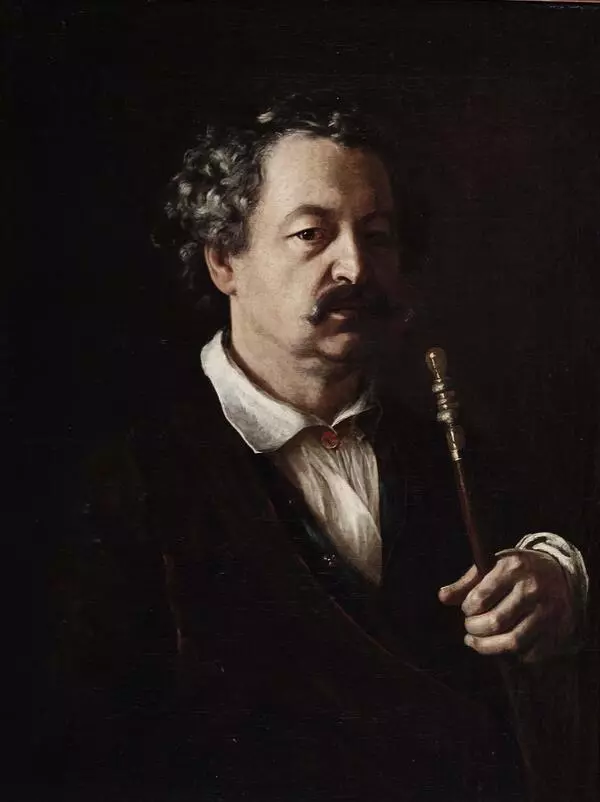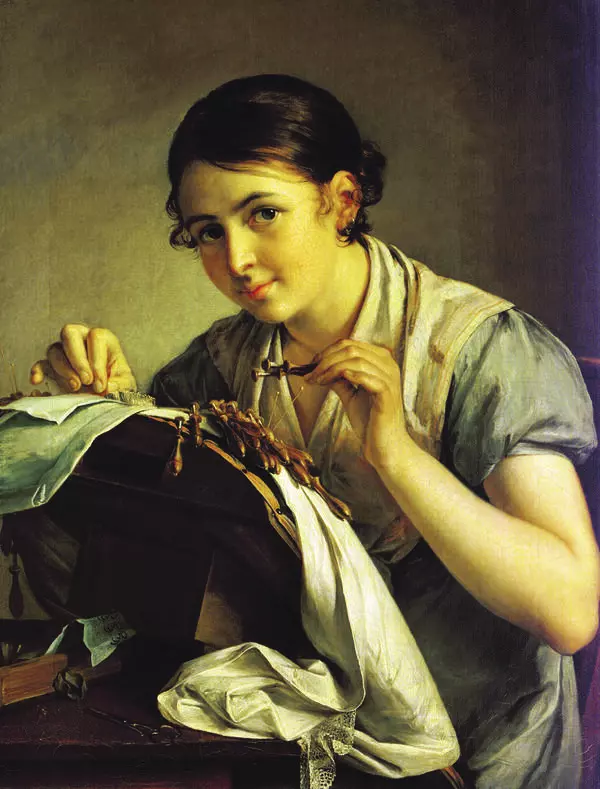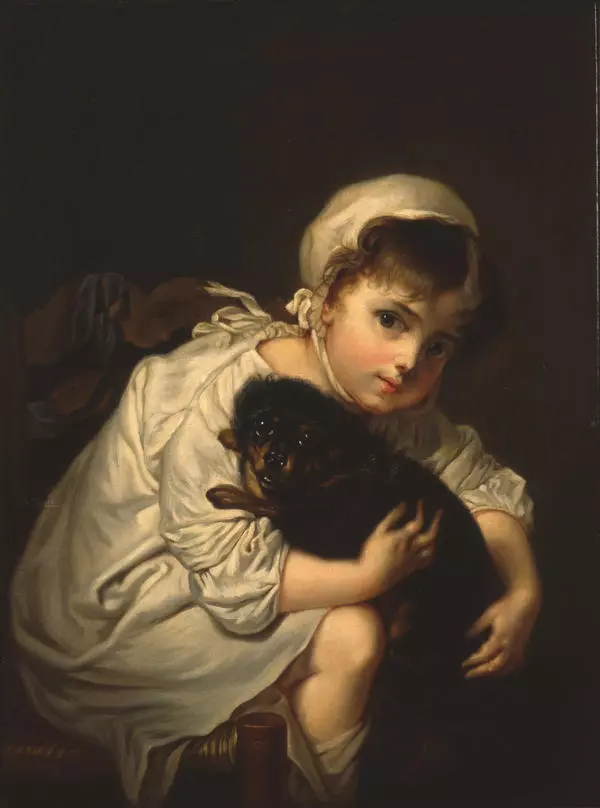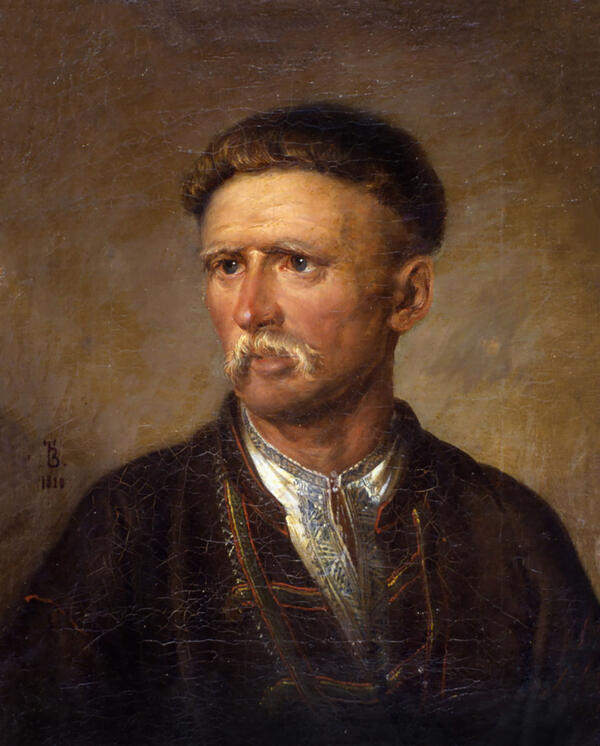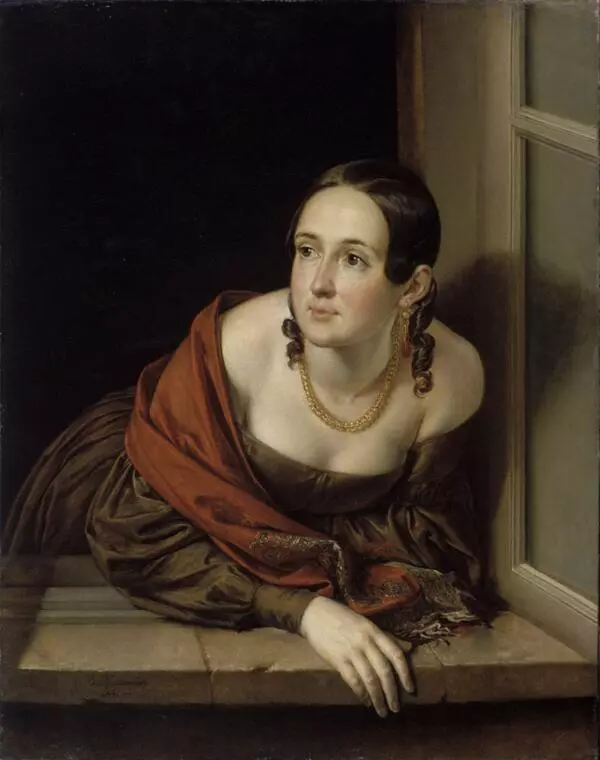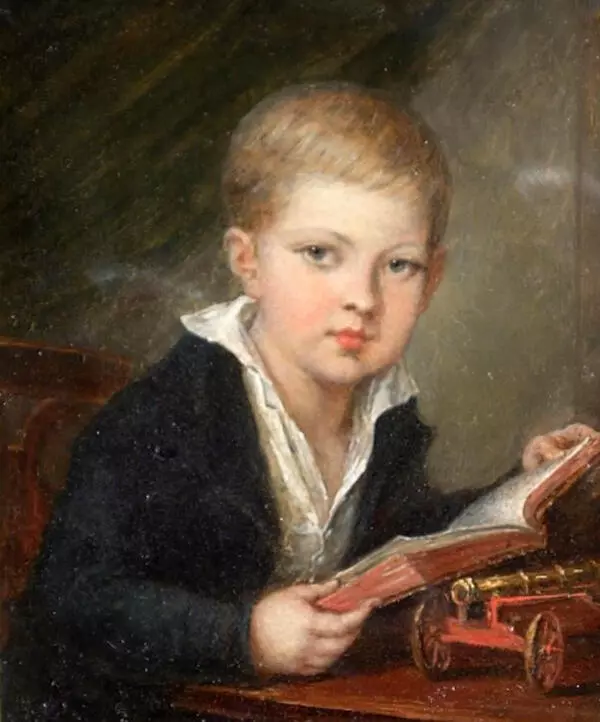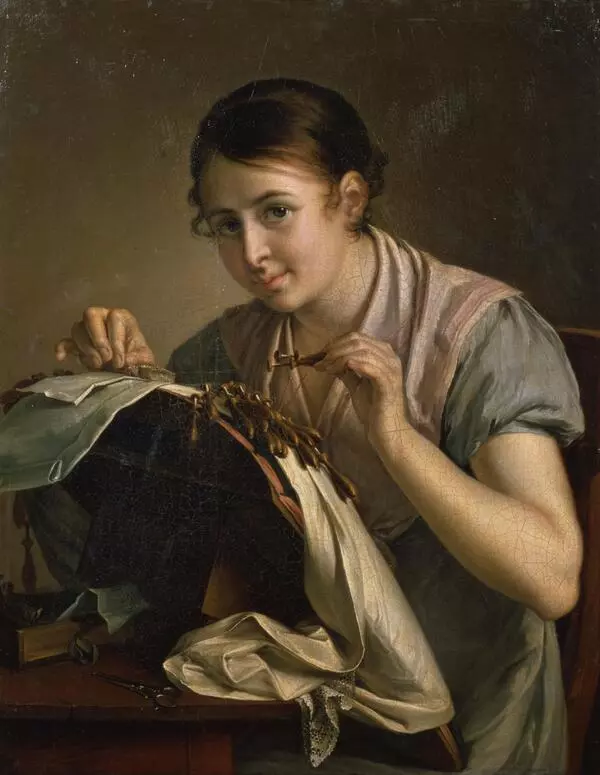One of the gems in the art collection of the National Pushkin Museum is the famous portrait of the great poet by Vasily Tropinin.
The portrait was painted in the winter of 1827 in Moscow. A close friend of Alexander Pushkin, the prominent bibliophile and writer Sergey Alexandrovich Sobolevsky noted as follows, “Alexander Sergeyevich commissioned Tropinin to paint the portrait for me and then gave it to me as a memento in a magnificent gilded frame”.
The poet is depicted “in his housecoat, disheveled, with the treasured mystical ring on his thumb.” In 1824, during his service in Odessa, Alexander Pushkin was gifted a gold ring by Countess Yelizaveta Ksaveryevna Vorontsova. It had an octagonal carnelian, with an inscription in Hebrew carved on it. The meaning of the inscription was unknown to the poet. Pushkin wore the ring until his death, used it as a signet, and considered it his talisman. After the poet’s death, the ring was passed to his friend Vasily Zhukovsky. Then it was inherited by Zhukovsky’s son Pavel Vasilyevich, who, in 1875 in Paris, gave it to Ivan Turgenev “with the condition to return it in case of death.” Pavel Zhukovsky’s instruction was disregarded: after Turgenev’s death, his girlfriend Pauline Viardot gave the ring to the Pushkin Museum in the Alexander Lyceum (Imperial Lyceum of Tsarskoe Selo) in 1887. Pushkin’s talisman stayed in the Lyceum for a short while. In the 1890s, it was stolen from a museum display case. The administration of the Lyceum decided not to make this incident public. To hide the fact of the theft, a copy of the ring was made, but it also disappeared without a trace in March during the Revolution of 1917, when the Lyceum building was destroyed.
The artist worked on the portrait in several stages. First, a graphic sketch was made, as well as a study in oil painted from life. All this preceded painting on canvas. The paper sticker features an inscription by Sergey Sobolevsky, informing that the portrait of the poet was painted for Sobolevsky and that its subsequent owners were Alekseyev, Smirnov and Sobolevsky. When going abroad for a long time, Sobolevsky left the portrait with his friends for safekeeping. However, when he returned to Russia, instead of the original, he found a copy in its frame, which, according to him, he “threw out the window.” It was only in the mid-1850s that the original was discovered in an antique shop and acquired by the director of the Moscow Archive of the Ministry of Foreign Affairs, Mikhail Andreyevich Obolensky. In 1909, it was transferred by Obolensky’s heirs to the State Tretyakov Gallery. Then, after being exhibited at the All-Union Pushkin Exhibition in Moscow in 1937, it came to the Pushkin Museum.
